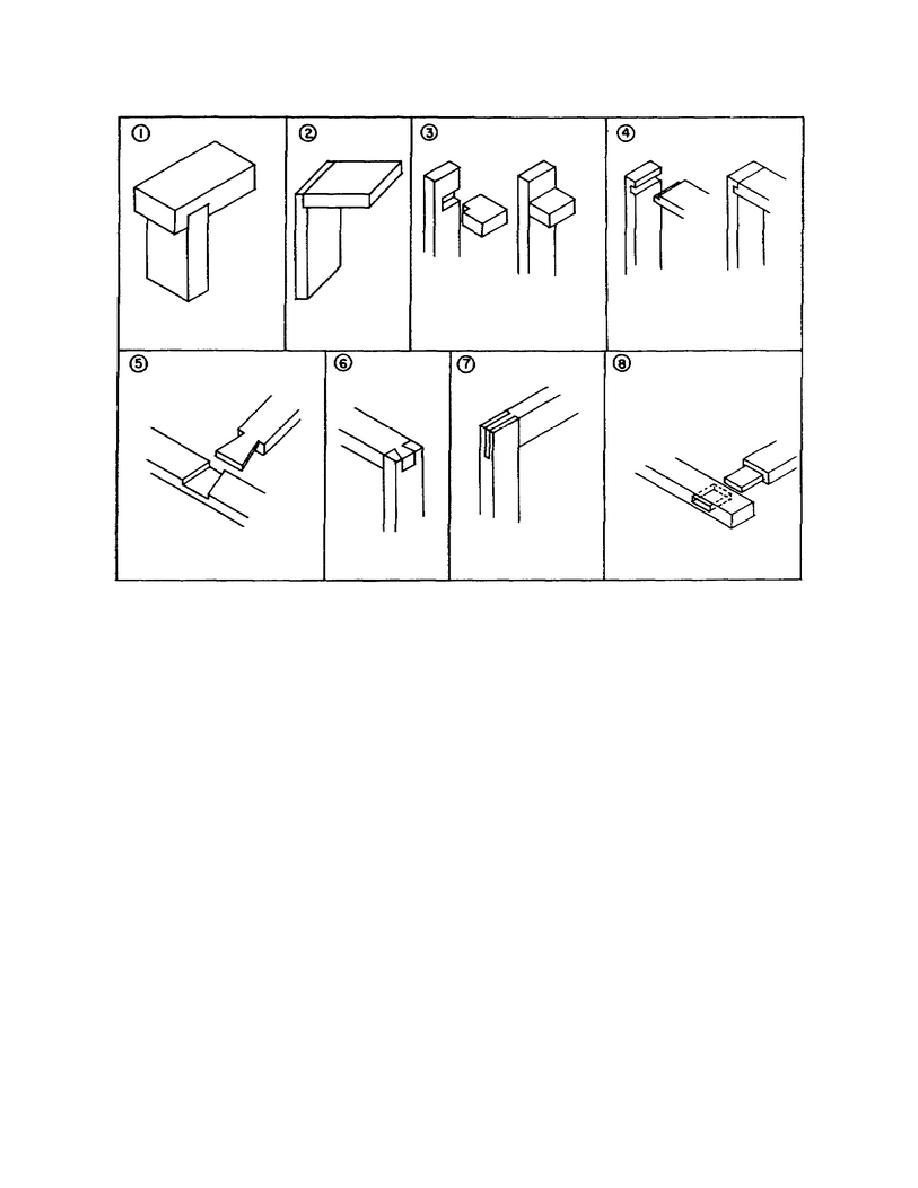
Figure 1-9. Dado, rabbet, dovetail, and mortise-and-tenon-joints.
1-9), and through mortise-and tenon (8, fig 1-9).
together and securing them in this position by means
of two wood scabs or metal plates (1, 2, fig. 1-11).
1-9.
SPLICES
Metal plates (fishplates) are fastened in place with
bolts or screws. Bolts, screws, nails, or ring
Splices are connections between two pieces that
connectors may be used to secure scabs. Nails used
extend in the same line. The type of splice to use
with scabs should be staggered and driven at an
depends on the type or types of stress the spliced
angle. Too many nails or nails that are too large will
member must withstand.
Members subject to
weaken a splice.
longitudinal stress as vertical supports require splices
designed to withstand compression (1, fig. 1-10).
(2) Halved splice.
This splice is
Members subject to transverse and angular stresses,
constructed by cutting away half the thickness for
such as braces, require splices designed to resist
equal distances from the ends of two pieces and
tension (2, fig. 1-10). Members used as horizontal
fitting the complementary tongues together (3, 1-11).
supports, such as joists, require splices designed to
The tongues should be long enough to provide
resist bending (3, fig. 1-10).
adequate bearing surfaces. To give this splice some
resistance to tension, fishplates or wooden scabs may
splices.
a. Compression-resistant
be added as used with the butt splice.
Compression splices are designed to support weight
or exert pressure. The butt splice and the halved
b. Tension-resistant splices.
Tension
splice are the most common types.
members, such as certain truss elements and braces,
undergo stress at the splice that is exerted in more
(1) Butt splice. The butt splice is
than one direction (2, fig.
constructed by butting the squared ends of two pieces
1-13


 Previous Page
Previous Page
